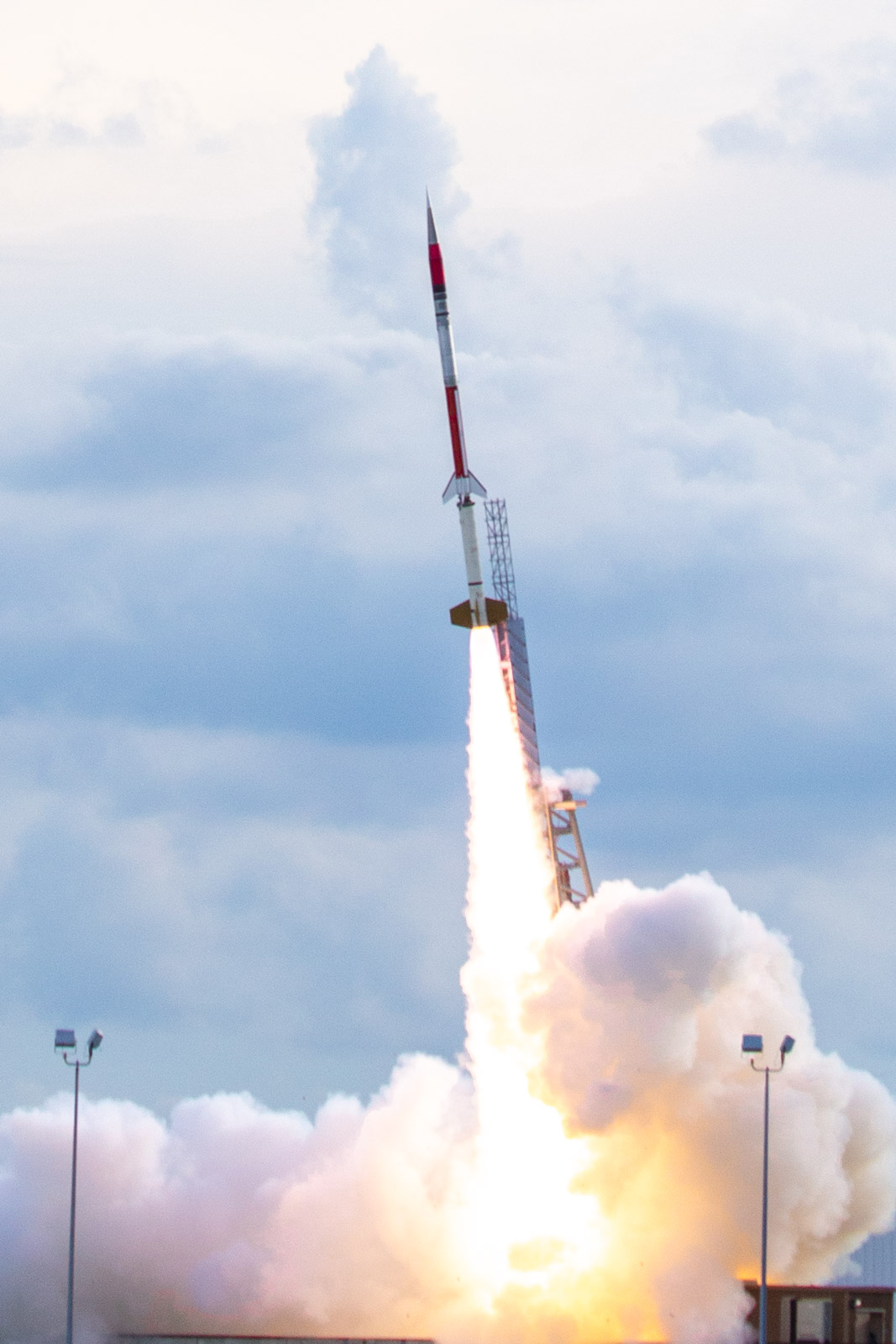NASA's suborbital sounding rocket carries student experiments to space

- Country:
- United States
A suborbital sounding rocket carrying university and community college students' experiments for the RockSat-X program launched from NASA's Wallops Flight Facility, Virginia, at 6:09 pm ET on August 11, 2022.
The 44-foot tall NASA Terrier-Improved Malemute rocket carried the experiments to an altitude of 99 miles before descending via a parachute and landing in the Atlantic Ocean. The experiments were recovered and will be returned to the students to begin analysis of their projects.
Designed for students to learn and apply skills in building experiments for space flight, RockSat-X is part of NASA's three-phase sounding rocket program for students. This was the 13th flight of a RockSat-X payload and the experiments were flown in conjunction with the Colorado Space Grant Consortium.
The student projects include a device to help payloads descend autonomously after an electrical failure, machine-learning applications for space robotics, a 360-degree video of a rocket's experiments and an ejection system for returning small spacecraft to Earth, among others.
A sounding rocket carrying student experiments for the RockSat-X program launched from Wallops Aug. 11, 2022, at 6:09 pm ET. The rocket carried the experiments to an altitude of 99 miles before descending via a parachute and landing in the Atlantic Ocean.https://t.co/BFSFJeTcEz pic.twitter.com/tRiXgFCMeE
— NASA Wallops (@NASA_Wallops) August 12, 2022
The next launch from Wallops is a Terrier-Improved Malemute scheduled for later this month - between 9 p.m. on August 22 and 1 a.m. on August 23. The backup launch days run through August 27. Called the Sporadic-E ElectroDynamics Demonstration (SpEED Demon) mission, it will test a science instrument package to study the ionosphere.










